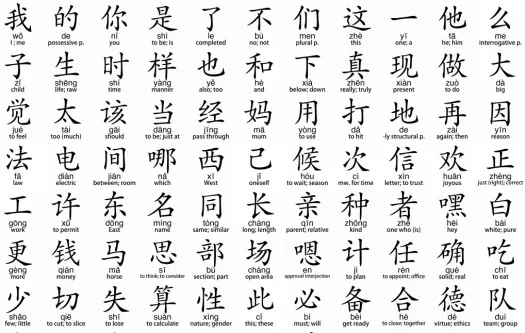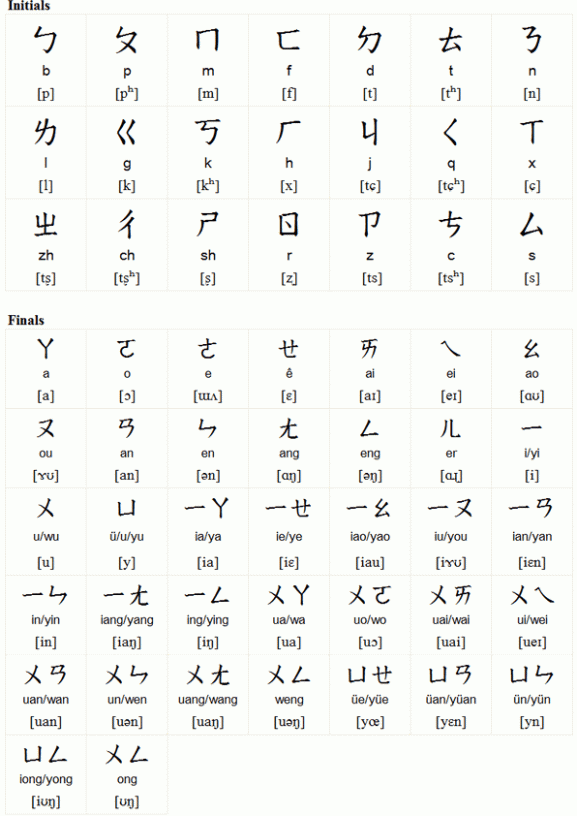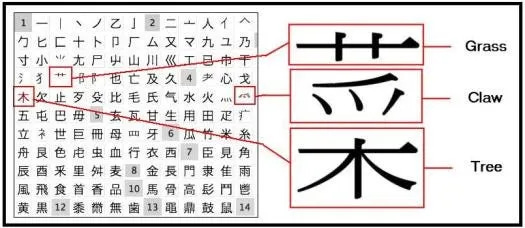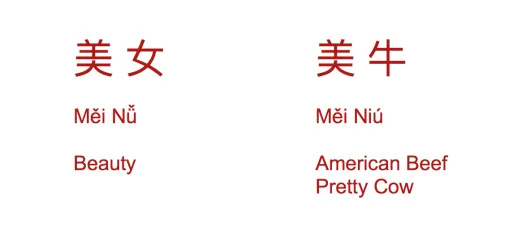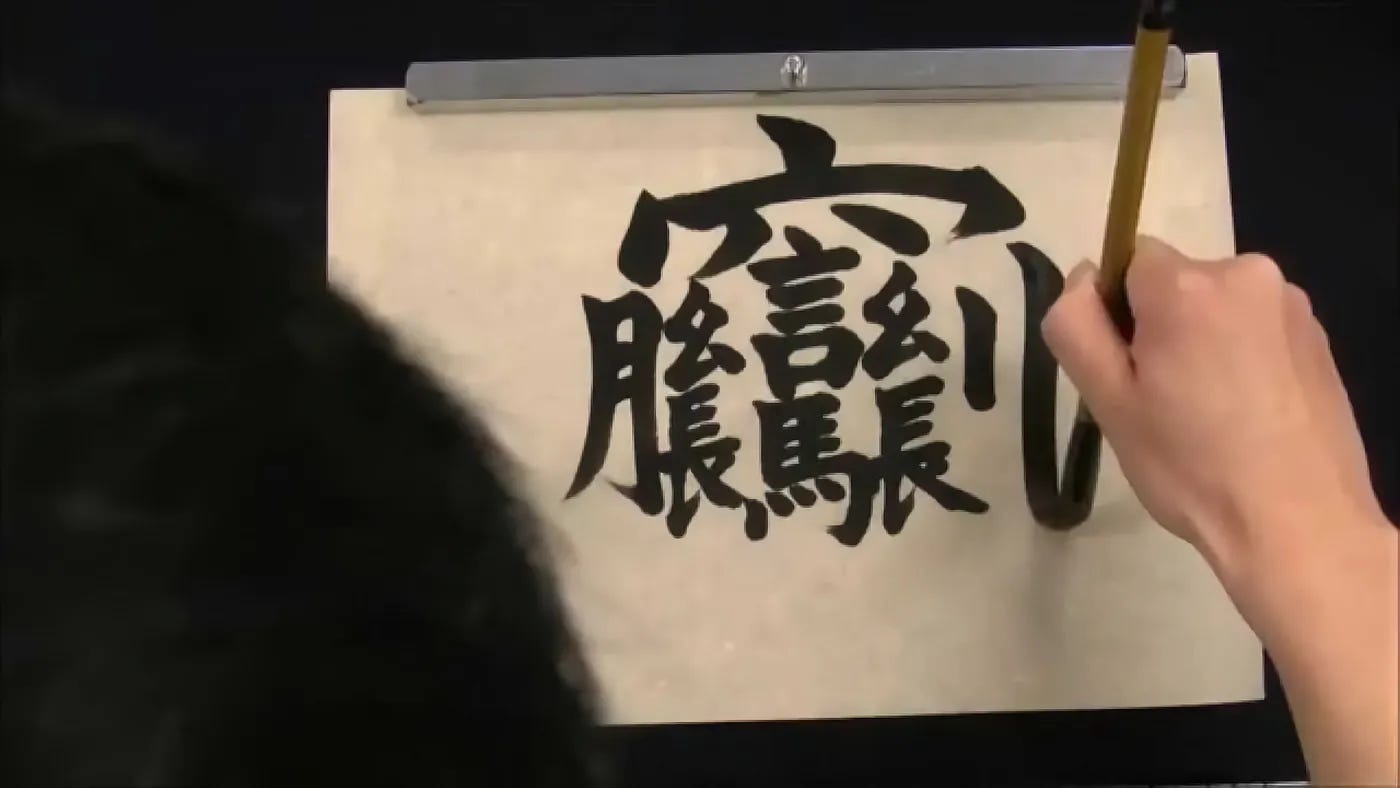
Have I mentioned Chinese is hard to learn? Tens of thousands of words made up from thousands of characters. Once you know how to say the characters, now form complete thoughts with them. Otherwise, Chinese sounds like this:
FEAR LESS LY OUT SPOKE N BUT SOME WHAT HUMOR LESS NEW ENG LAND BORN LEAD ACT OR GEORGE MICHAEL SON EX PRESS ED OUT RAGE TO DAY AT THE STALE MATE BE TWEEN MAN AGE MENT AND THE ACT OR S UNION BE CAUSE THE STAND OFF HAD SET BACK THE TIME TABLE FOR PRO DUC TION OF THIS PLAY, A ONE MAN SHOW CASE THAT WAS HIS FIRST RUN A WAY BROAD WAY BOX OFFICE SMASH HIT. "THE FIRST A MEND MENT IS AT IS SUE" HE PRO CLAIM ED. "FOR A CENS OR AN EDIT OR TO EDIT OR OTHER WISE BLUE PENCIL QUESTION ABLE DIA LOG JUST TO KOW TOW TO RIGHT WING BORN AGAIN BIBLE THUMP ING FRUIT CAKE S IS A DOWN RIGHT DIS GRACE."I’ve come to realize a few things about how people learn Chinese. To varying degrees, I have personal experience with all of the below.
Many foreign guys studying Chinese in Taiwan develop a quasi-feminine accent. A) Taiwan Chinese is softer and lighter on tones than mainland Chinese, and B) Most teachers are women, so you pick up feminine speech patterns. Some think this view is sexist; to me, it’s a plausible explanation.
If you have a Taiwanese or Chinese girlfriend, you might inadvertently double down on these habits. Chinese is not quite gender-neutral. You need to learn language outside the classroom. On the other hand, learning slang from guys on the street only identifies you as one of their kind. If you walk it like you talk it, people will assume.
Learning Chinese outside Asia might be toughest. Even if you earn a masters degree in the U.S. and pick up 3,000 characters, you might not know the correct pronunciation, use case, or be aware of regional differences that might accidentally insult someone. Vocabulary is only the beginning! Comprehension is the goal.
3,000 Pictograms, I Mean, Characters
Why 3,000 characters? There’s actually many more. “An educated Chinese person will know about 8,000 characters,” says the BBC. Just a subset of the 80,000+ that are out there, if you ask Stanford University. Hang on while I delete some files from my brain to make room for more Chinese.
3,000 just puts you at the middle school level. So after you learn 3,000 Chinese wingdings, congratulate yourself for finishing 8th grade. Here’s the first 100.
Then, you smash them together to form terms and learn how that changes context. Each character is just a building block for a word you want to say. So the combinations are, well… According to research by Ashwin Purohit, there are 41,513 common words made up from 3,848 unique characters. Skeptical or need a data project for a statistics class? Here are Ashwin’s data files.
These evaluations are just for simplified Chinese, the kind that mainland China uses. Some of the people I’ve spoken to, and myself, believe 6,000 words should be the target for traditional Chinese speakers.
What’s the difference? Well, the Chinese speaking world outside mainland China, including Hong Kong, uses traditional Chinese. The Simplified creation was a Chinese government initiative to improve literacy rates, because well, Chinese is hard. Simplified Chinese uses fewer strokes to write characters, merging many that sound similar. Traditional Chinese forms are more numerous, require more strokes, and easier to recognize.
Rote Memorization
Growing up, I wondered about the emphasis on rote memorization in all forms of learning. Then I realized, this is exactly how people learn Chinese. One. Character. At. A. Time. And since language is one of the first high functioning tasks you learn how to do — it just catches on.
Sadly, I didn’t learn enough Chinese as a kid to pick up the magic ability of memorizing facts just so I can repeat them on tests. Which, by the way, isn’t really magic at all. Just habits. Because it’s the same way everyone else learns. Chinese, and tests, is difficult for everybody.
Placing memorization in perspective, many Western adults know somewhere between “20,000 and 35,000 words,” according to The Economist. Memorizing 3,000 characters doesn’t so sound bad. Still…
A System for Learning Chinese
Is there a better way to learn Chinese? Yes, and all of them suck. David Moser at the Beijing Capital Normal University tells a joke: “One of the first signs of senility in a China scholar is the compulsion to come up with a new romanization method.”
Bopomofo (also known as Zhuyin). Local school children use bopomofo, a phonetic system, to learn words, but you still have to learn the 37 symbols and 4 tones. Also, you won’t see these symbols in public. Courtesy of Omniglot:
Radicals. Most systems incorporate learning a few of the 214 radicals. These are parts of characters that give you a clue what the word is about. These diagrams do a good job of explaining the concept. On top, you see how these radicals form characters.
The downside of radicals is that they won’t help you remember how to pronounce characters, but they help you recognize them. That’s a good start. Below, the radical for fire at the left, 火, is used to indicate fry (8), blast (9), grill (10), roast (16), and burst (19).
Phonetics Are Hard
When you start to recognize characters, you need to learn how to pronounce them correctly. It’s what to say, vs. how to say it.
Most Westerners use Pinyin to learn Chinese (the alternative is The Wade-Giles Romanization Atrocity), because it uses the Western alphabet. A fantastic learning tool. But again, you rarely see learning aides in public — only Chinese characters.
Also, learners tend to read off pinyin like they’re English words. Even after learning the four different accent sounds, or tones, people naturally go back to what they usually do. So, it kind of lulls you into a false sense of learning the language, because you end up remembering everything except the tones. You need a bit of a musical ear to sort it out. The Hutong School explains.
Four Tones, Four Words — Mother, Marijuana, Horse, Insult
”mā” usually means “mother”, but in spoken language the Chinese will usually say “māma” or “wŏ mā” (My mother) or “nĭ mā” (your mother)
“má” could mean “hemp” (plant), but the only common usage in spoken language would be “dàmá”, literally “big-hemp,” referring to marijuana
“mă” usually means horse
“mà” usually means “to scold, to insult” and is a verb, meaning it will be preceded by a subject and followed by an object.
You probably get the point. Here’s where it gets tricky. Because Chinese joins characters to form words, if you screw up the pronunciations of one character, you quickly end up saying something you didn’t intend to. Exhibit A assumes you pronounced the first character correctly, but not the second:
Heaven help you if you manage to screw up the pronunciations of both characters. The pronunciations can also change, depending on what characters are put next to each other. The reason Why, most of the time, is because it sounds more pleasing.
As if it weren’t difficult enough for most Westerners to think about what they say before they speak. How you speak is even more important when you’re in Greater China. In English, grammar matters. In Chinese, tones count.
Cognates Are Hard
Cognates, in Chinese, are words that mean and sound like the English translation. Typhoon, for instance, is 颱風 — tái fēng. You mostly encounter these with brand names, like McDonald’s (麥當勞). Mài dāng láo. Exactly how it sounds.
Cognates are exceptions, but many made their way into modern Chinese. Some fully, some in part. For example, England is 英國 — yīng guó.
The first character, 英, is chosen because it sounds like the Eng in England, ˈiNG(g).
國, the second character, means nation.
Chinese is hard, for me, because of this. When speaking Chinese, one half of my brain is trying to recall the Chinese terms being used. The other half is listening to the sounds to see if they resemble an English word.
Chinese is Hard
In defense of foreigners, locals require 13 years of living and practicing Chinese on a full-time basis to get to understanding 3,000 characters and the words they form. But, visitors can definitely be more structured about learning. Work on writing — not just speaking. Oh, and tones.
Learning Chinese means having reasonable expectations, and treating it both as a process and a journey. I do think the amount of Chinese a foreigner learns here shows they’ve learned a few lessons in resilience. And humility. It proves one is willing is try to do hard things.
Coming up with a personal system, I’ve found, is helpful. But there are limits.
One of the first signs of senility in a China scholar is the compulsion to come up with a new romanization method.
The learning environment you create for yourself is probably more important. So much of that depends. Do you already know some Chinese? Are you planning on living in Asia? The physical location is ideal, if not forgiving. What you surround yourself with makes it a plus or a negative.
Where Should You Learn Chinese in Taiwan?
If you want to learn Chinese in Taiwan, my recommendation is National Taiwan Normal University’s (NTNU) Mandarin Training Center.

Yes, there are outstanding teachers at other language academies and universities. Many are like free agents — they actually work at several schools. I’ve met some who freelance as translators for businesses.
There’s also National Taiwan University, which is internationally recognized for scholarly Chinese. But classical Chinese probably isn’t the goal, and NTNU has the local reputation for practical Chinese. Both institutions are trust marks.
National Taiwan Normal is also known for training primary and secondary school language teachers in its College of Education, and it’s considered a top 5 university in Taiwan. I personally think there are more quality opportunities for language exchange and tutoring at NTNU.
Also, my own experience is NTNU is better equipped to help foreigners. This is important when it comes to legal paperwork like forms you need in order to stay in Taiwan, who you need to talk to, and where you need to go.
And as a stranger in a strange land, having people who will help you is everything. Learning Chinese is hard enough.

